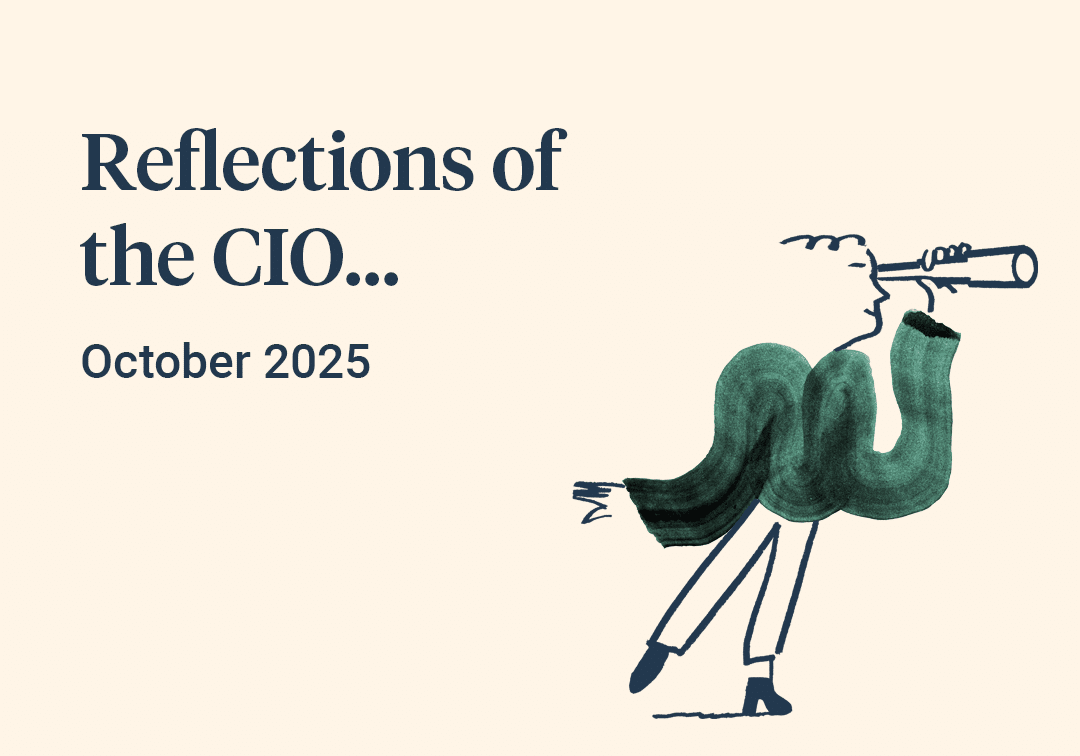The first month of 2024 was a little more mixed than the euphoric end to 2023. Whilst the overall tone remained positive, encouraged by the absence of any notably bad news, the pace and breadth of market movements slowed, as a greater degree of nuance crept into investor decision taking.
Expectations of a peak in the interest rate cycle and the avoidance of recession in the Western economies had propelled equity indices skywards in the final months of 2023, and left markets with plenty of good news priced in as the new year began. Some sectors, such as the largest US technology stocks, broadly delivered on high expectations in January, reporting strong profit numbers and, as a consequence, driving the US equity market to a new (nominal) high. However, even within this narrow group, the so called Magnificent 7, there was a wide spread of share price performance as investors began to sift out the likely eventual winners and losers from the Artificial Intelligence (AI) boom.
The Federal Reserve was much less nuanced in its decision taking and messaging in January, with a clear removal of their ‘bias towards tightening’ policy, confirming the markets view that inflation had peaked and would return to target later in the year. Despite this comforting message, which was echoed in Europe and the UK, there remain important differences between central banks and markets on exactly when, and by how much, interest rates can be cut. For example, investors are expecting up to six interest rate cuts in the USA over 2024, double what the US central bank is currently guiding to. The Bank of England and European Central Bank are also wrestling with similar timing issues, complicated by the fact that it is simply harder to read the underlying economic trends in the UK and Europe, than it is in the USA.



